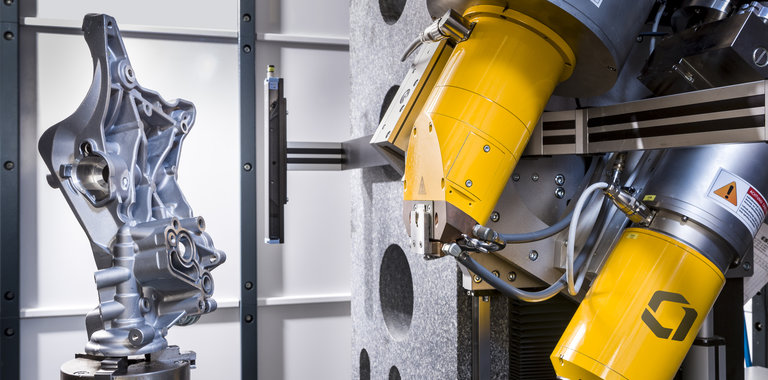
How do you view and interpret a radiographic film?
In this article:
- Radiographic Film Interpretation Requires Controlled Viewing Conditions: Proper luminance (≥30 cd/m², ideally ≥100 cd/m²), low ambient light, and a diffuse white light source are essential for accurate defect detection and image quality evaluation.
- Masking and Eye Adaptation Improve Visual Clarity: Edges and low-density areas of the film should be masked to reduce glare, and viewers should allow time for their eyes to adapt to darkened environments before interpretation.
- Visual Acuity and Annual Eye Exams Are Mandatory: Film interpreters must meet EN 473 standards, including the ability to read Jaeger No. 1 text at 300 mm with one eye, ensuring consistent visual performance.
- Magnification Enhances Defect Detection: A magnifying glass with 3–4× power is recommended to help identify subtle density changes and small discontinuities on the film.
- Viewing Equipment Must Meet EN 25880 Standards: Film viewers should use calibrated light boxes capable of handling high-density films (up to D=4.0), with heat dissipation and uniform illumination to maintain image integrity.
The common term for film interpretation is film viewing. Film viewing in fact means the evaluation of the image quality of a radiograph for compliance with the code requirements and the interpretation of details of any possible defect visible on the film. For this purpose, the film is placed in front of an illuminated screen of appropriate brightness/luminance. The edges of the film and areas of low density need to be masked to avoid glare.
The following conditions are important for good film interpretation:
- brightness of the illuminated screen (luminance)
- density of the radiograph
- diffusion and evenness of the illuminated screen
- ambient light in the viewing room
- film viewer’s eye-sight
Poor viewing conditions may cause important defect information on a radiograph to go
unseen.
EN 25880 provides detailed recommendations for good film viewing conditions. The luminance of the light passing through a radiograph shall not be less than 30 cd/m2 and, whenever possible, not less than 100 cd/m2 (cd = candela). These minimum values require a viewing box luminance of 3000 cd/m2 for a film density of 2.0. The practical difficulties of providing the required luminance for a film density of 4.0 are considerable. The main problem with constructing a film-viewing box for these higher densities is the dissipation of heat from the lamps. However, by limiting the film area requiring such high power lighting, it becomes possible to view radiographs of a film density of 4.
The light of the viewing box must be diffuse and preferably white. Radiographs should be viewed in a darkened room, although total darkness is not necessary. Care must be taken that as little light as possible is reflected off the film surface towards the film viewer. If the film viewer enters a viewing room from full daylight, some time must be allowed for the eyes to adapt to the dark.
A yearly eye-test according to EN473 for general visual acuity is required while especially sight at close range needs to be checked. The film viewer must be able to read a Jaeger number 1 letter at 300 mm distance with one eye, with or without corrective aids. The trained eye is capable of discerning an abrupt density change/step of 1 %.
While interpreting, a magnifying glass of power 3 to 4 can be advantageous.
